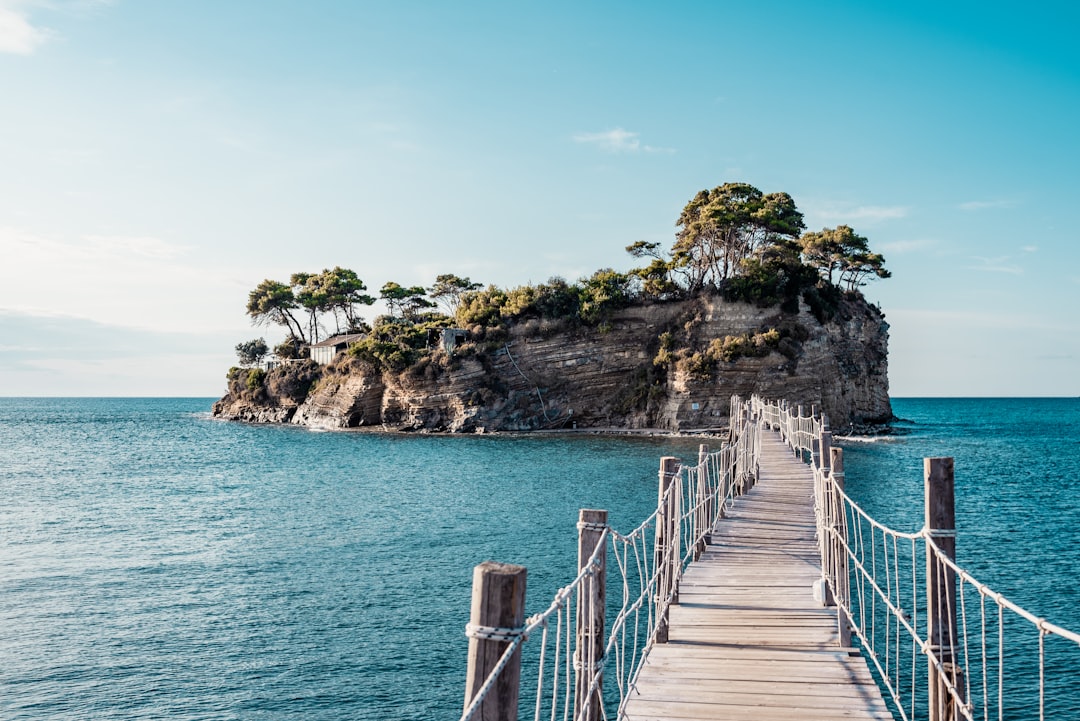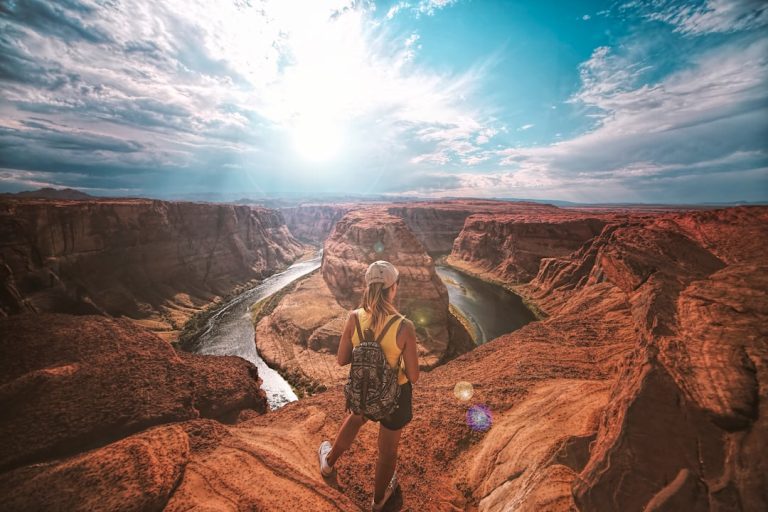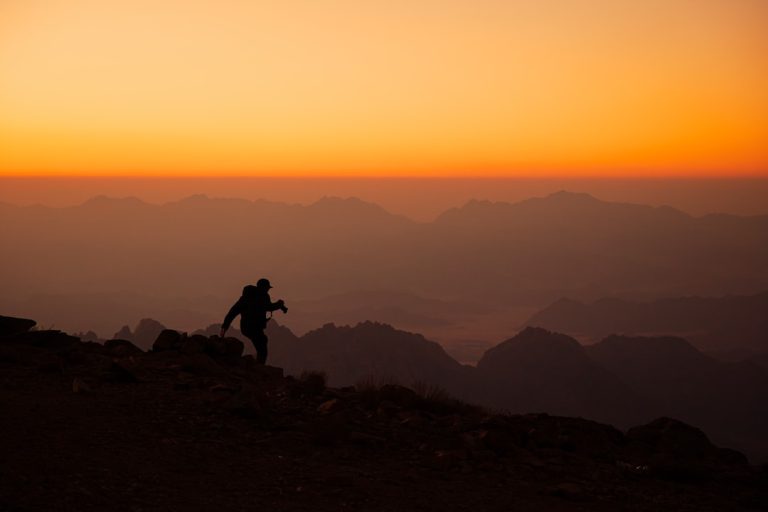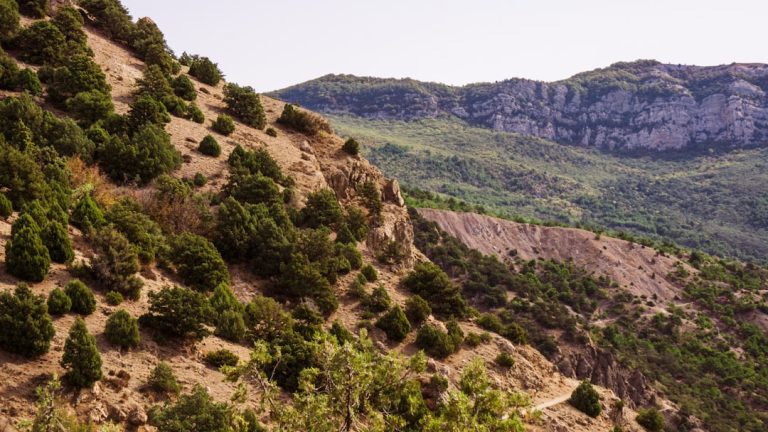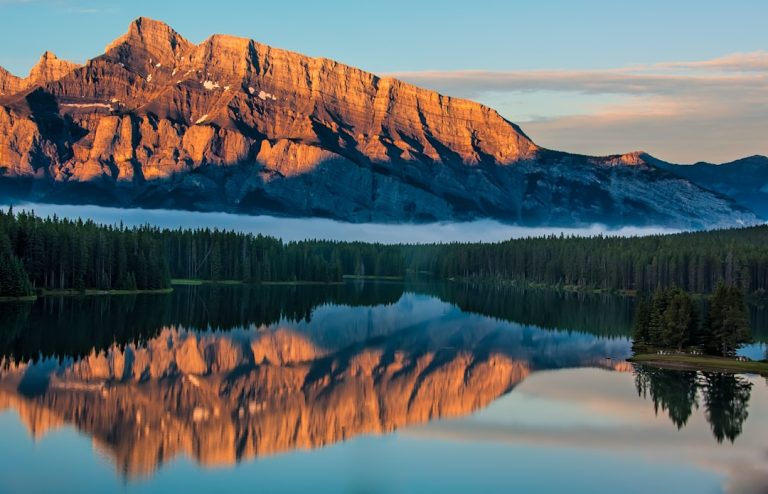In an era where every inch of the globe is meticulously charted, and travel itineraries are available at the click of a button, the essence of true exploration can sometimes feel diluted. However, there’s a growing movement among travelers who are championing a return to the serendipitous roots of travel: embracing the unexpected.
The allure of the unknown has always been a driving force behind the wanderlust that captivates adventurers. While modern technology offers convenience and safety, it also tends to create a cocoon of predictability that can stifle spontaneity. The new trend, therefore, is to intentionally leave gaps in itineraries to allow for organic experiences.
Consider the notion of ‘slow travel’—a philosophy that encourages travelers to immerse themselves in a locale without the rush to tick off landmarks. Instead of the hurried snap of a camera before moving on to the next tourist trap, slow travel advocates for deeper engagement with the environment and its people. This might mean spending a week in a small village, learning about its history from the locals, or even contributing to the community through volunteer work.
Travelers are also increasingly interested in eco-friendly adventures, seeking out experiences that minimize environmental impact. From hiking trails that lead through pristine wilderness to staying in eco-lodges that promote sustainability, these choices not only reduce one’s carbon footprint but also support conservation efforts. It’s a reminder that the earth’s beauty is fragile, and we must travel in ways that protect and preserve it for future generations.
Moreover, the psychological impacts of embracing the unexpected in travel are profound. When travelers step outside their comfort zones and abandon rigid plans, they open themselves up to a world of possibilities that can lead to personal growth and self-discovery. Unplanned encounters can forge lifelong friendships, and unforeseen challenges can cultivate resilience and adaptability.
An intriguing aspect of this travel style is the ‘DIY approach’ to exploration. This might involve creating your own itinerary based on recommendations from fellow travelers, or even relying on chance encounters to guide your journey. The stories that emerge from these experiences are often the most cherished. Imagine wandering through a bustling marketplace in Morocco and being invited to a local family’s home for dinner. Such moments are rare and precious, not easily captured in any guidebook.
While luxury travel continues to appeal to many, the contrast between luxury and affordable travel experiences can be stark. Luxury travelers might indulge in the comforts of five-star resorts, but the richness of affordable travel lies in its authenticity and accessibility. It allows for a more genuine connection with a destination and its culture, often leading to a more rewarding experience.
In conclusion, while technology and luxury have their place in the travel landscape, there is an undeniable magic in venturing beyond the map. By embracing the unexpected, travelers can discover the true spirit of exploration, one that enriches both the soul and the world we inhabit. So, the next time you pack your bags, consider leaving a few days unplanned and let the journey guide you. After all, some of the best stories begin with the unexpected.
